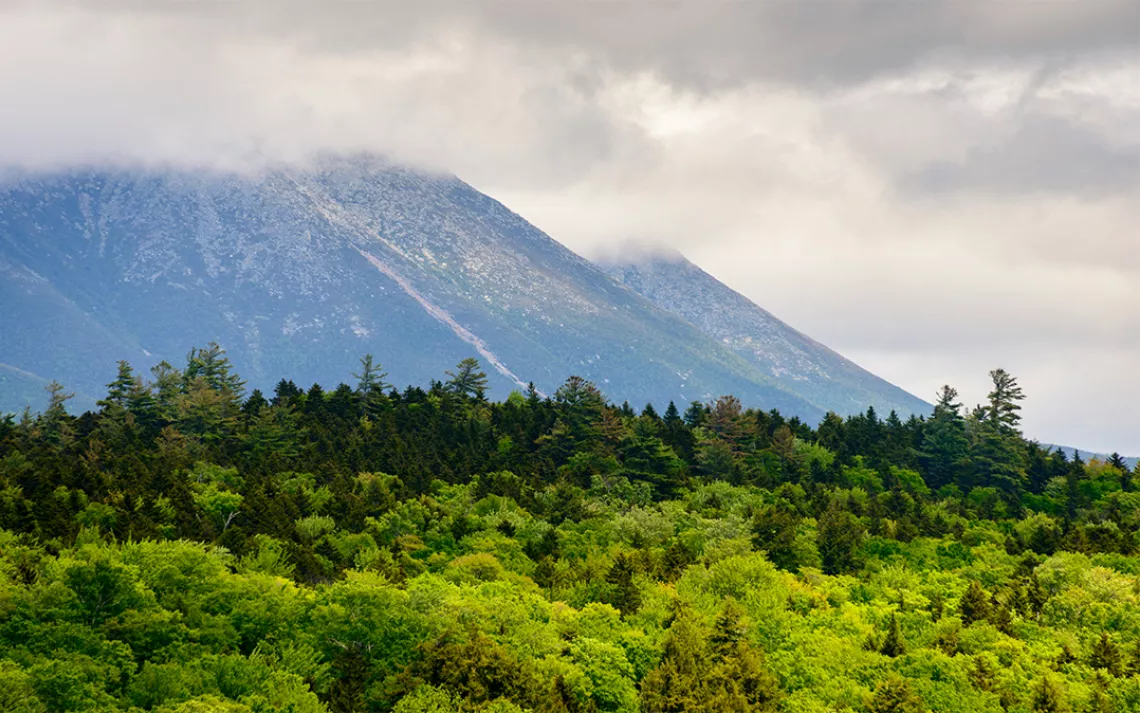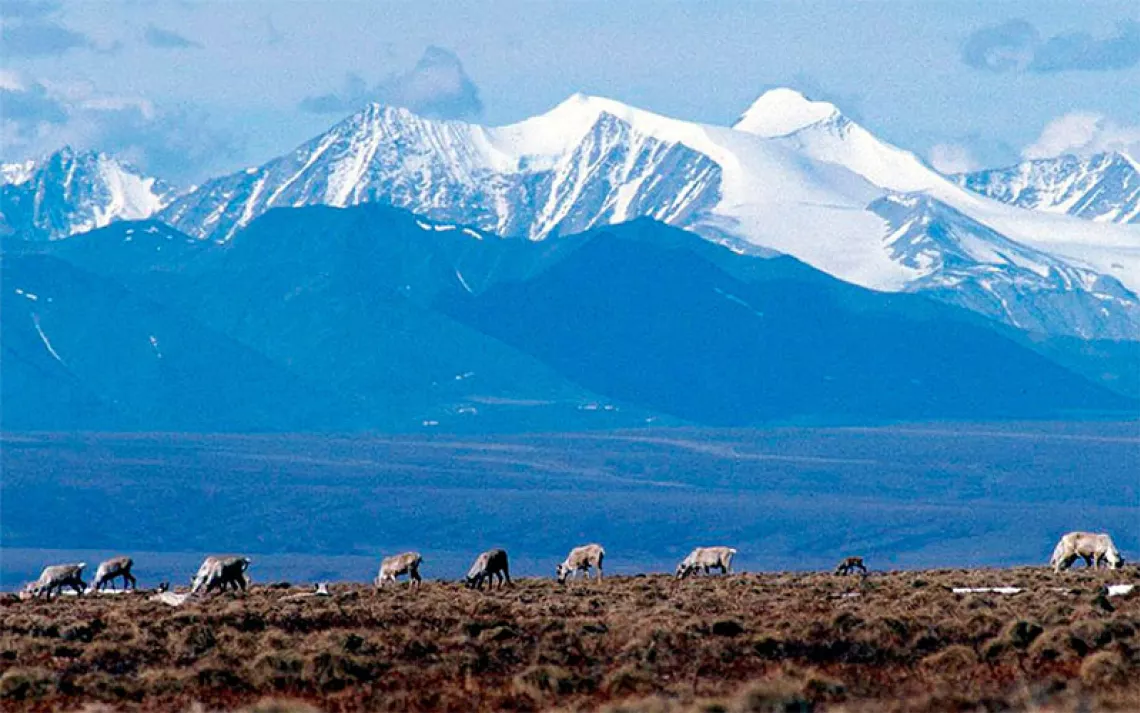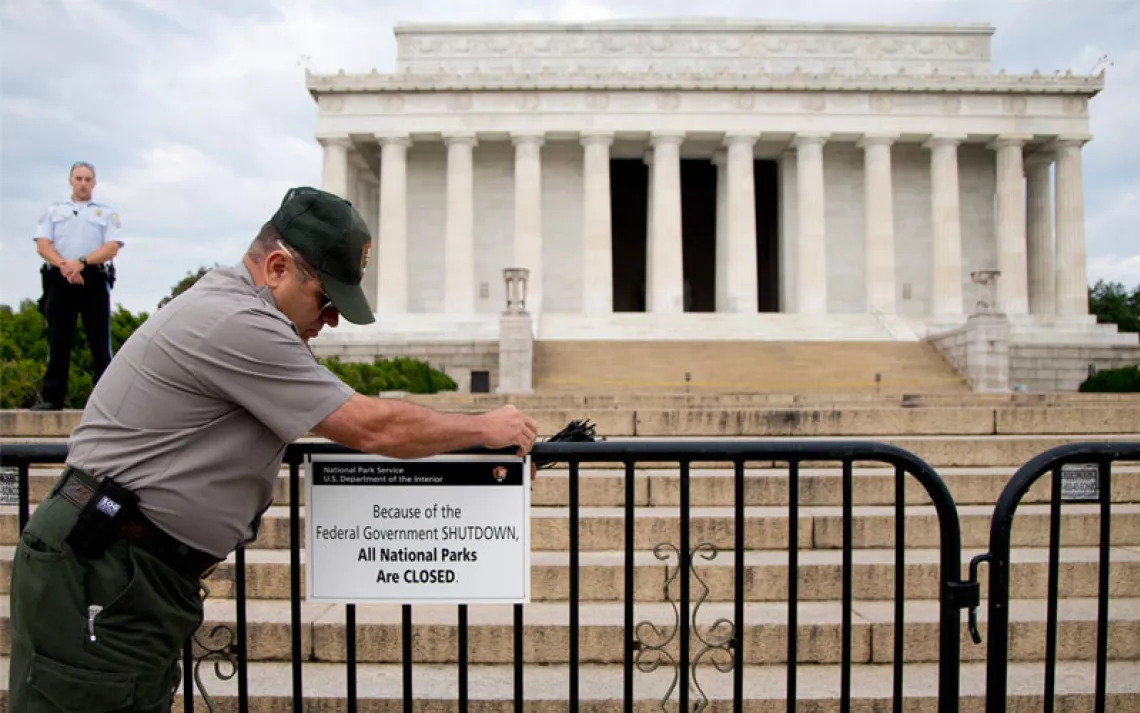President Obama Uses His Pen to Establish the Maine Woods National Monument

Photo by iStock/zrfphoto
In a move timed to celebrate the National Park Service centennial, President Barack Obama this morning used his authority under the Antiquities Act to establish the Katahdin Woods and Waters National Monument in the interior of Maine. The new 87,500-acre preserve will protect one of the largest stands of low-elevation hardwood forest east of the Rocky Mountains, an area rich in biodiversity and wildlife habitat that includes the East Branch of the Penobscot River—a popular spot with backpackers and canoeists. This is the first national monument to preserve the landscape of Maine’s vast North Woods.
“As the National Park Service begins a second century of conservation this week, the president’s designation of Katahdin Woods and Waters National Monument serves as an inspiration to reflect on America’s iconic landscapes and historical and cultural treasures,” Interior Secretary Sally Jewell said in a statement.
The creation of the Katahdin Woods and Waters National Monument was made possible thanks to the generosity of Maine entrepreneur and philanthropist Roxanne Quimby, a cofounder of the natural-cosmetics company Burt’s Bees. For years, Quimby’s nonprofit organization, the Elliotsville Plantation Inc., has been buying up land in the area for conservation purposes. Earlier this week she officially transferred ownership of her lands to the federal government.
Maine conservationists were, naturally, thrilled with the announcement, which caps a two-decade-long effort to protect the headwaters of the Penobscot River, a vital watershed in the region. “It feels good,” Michael Kellett, the executive director of a local advocacy group called Restore: The North Woods, told Sierra. “I feel that our vision—which everyone, all of the Maine establishment, said was unrealistic and would ruin the economy—has been vindicated. People figured out that none of that was true. And lucky Roxanne Quimby didn’t believe that, and she began buying up land.”
Indeed, while the monument designation remains controversial in some quarters (Governor Paul LePage, for one, remains vehemently opposed), in recent years a growing number of Mainers have come around to the idea of added protections for Maine’s dense woodlands. Earlier this week for example, Bucky Owen, an influential former commissioner of the Maine Department of Inland Fisheries and Wildlife, published an op-ed in the Bangor Daily News announcing that he was dropping his opposition to the national monument. “The more I think about it, the more I believe it can work,” Owen wrote.
Among area residents, a significant concern was that a new national monument would halt hunting in the area. But, according to Kellett, the Katahdin Woods and Waters National Monument will permit hunting on the east shore of the East Branch of the Penobscot—an allowance that eased locals’ worries. Some Mainers also expressed anxiety that a new national monument would hamstring the region’s already depressed economy. A study by the think tank Headwaters Economics, however, showed that a monument designation will spark new outdoor recreation opportunities and create hundreds of jobs in the remote small towns of Patten, Shin Pond, Medway, Millinocket, and East Millinocket.
“Once people learned about the monument, they realized it was great,” Kellett says.” It just took time to get through the misconceptions. It just took time and education.”
For Kellett, Quimby, and others, the national monument designation “is not the end—it’s the beginning,” Kellett says. “Because there is more land in the Maine woods that need protection.” Kellett’s organization has long been pushing for a much larger national park (aspirations range from 1 million acres to more than 3 million acres) for Maine’s interior woods. But given Congress’s current resistance to creating any new parks, the monument designation was the best option available.
Still, he says the 87,000-acre preserve marks a considerable victory—and it offers a valuable lesson to advocates across the United States who are pushing for new protections for places such as Bears Ears in Utah, Nevada’s Gold Butte, the greater Grand Canyon watershed, and the Owyhee Canyonlands in Oregon. “We spent 22 years working on this,” Kellett says. “We didn’t give up and look what happened. You, too, can do this with your special place. So don’t give up, and don’t listen to the naysayers.”
 The Magazine of The Sierra Club
The Magazine of The Sierra Club







